Combining [ Video + GPS ] to Create Next Generation [ Online Maps ]
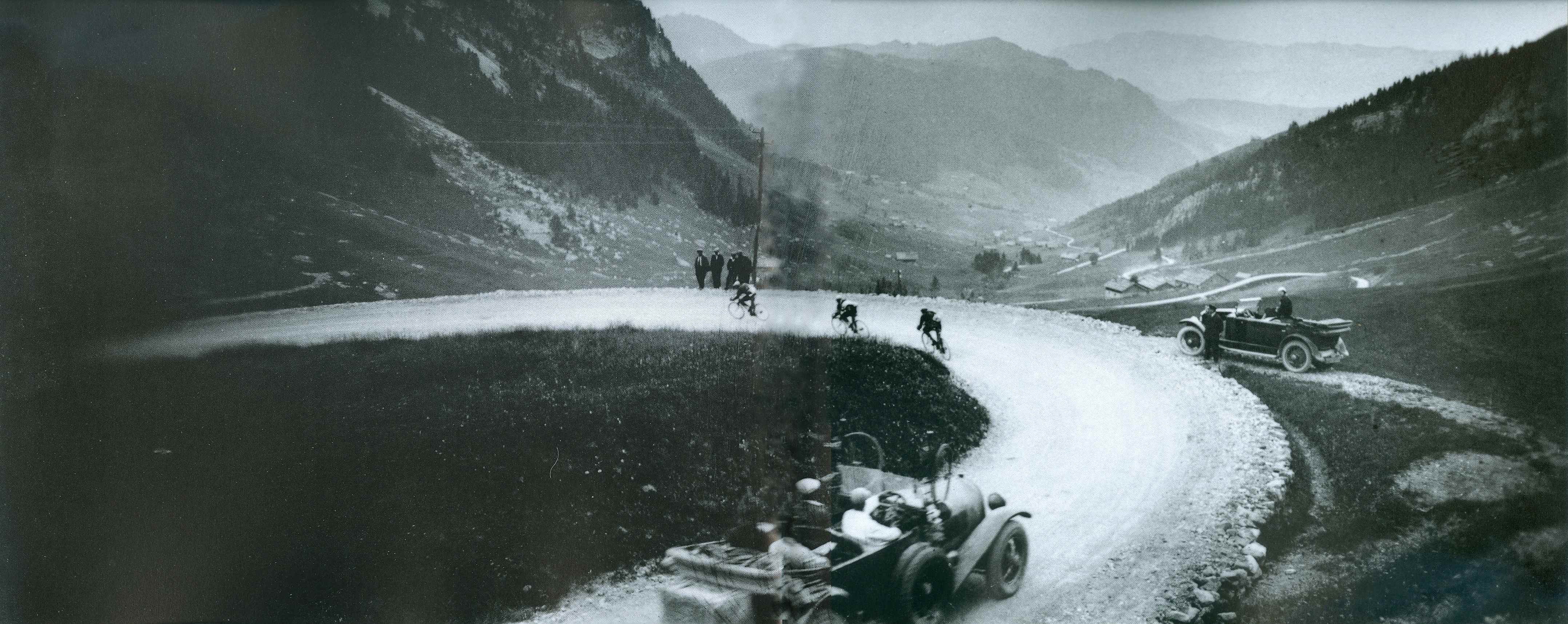
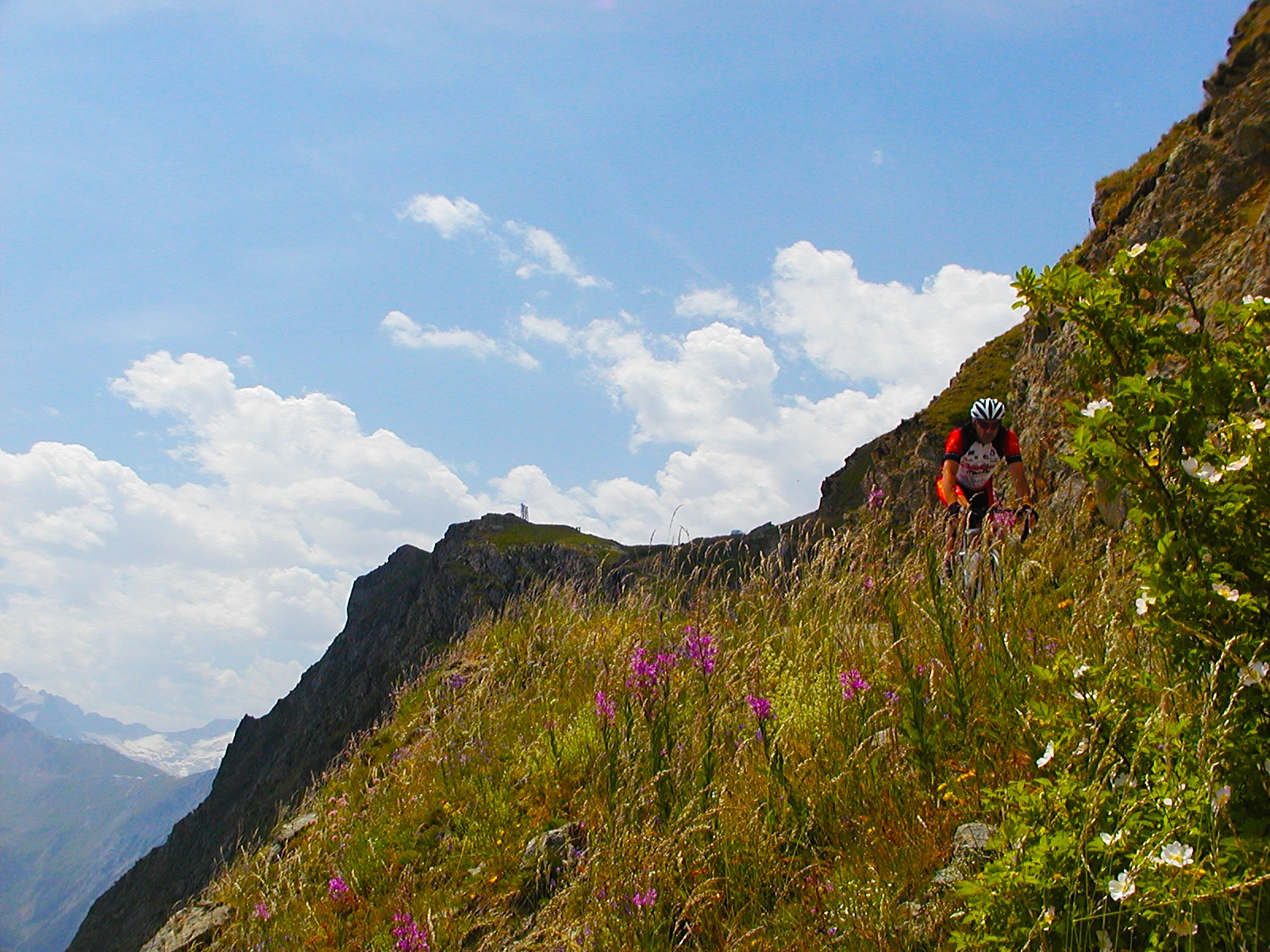
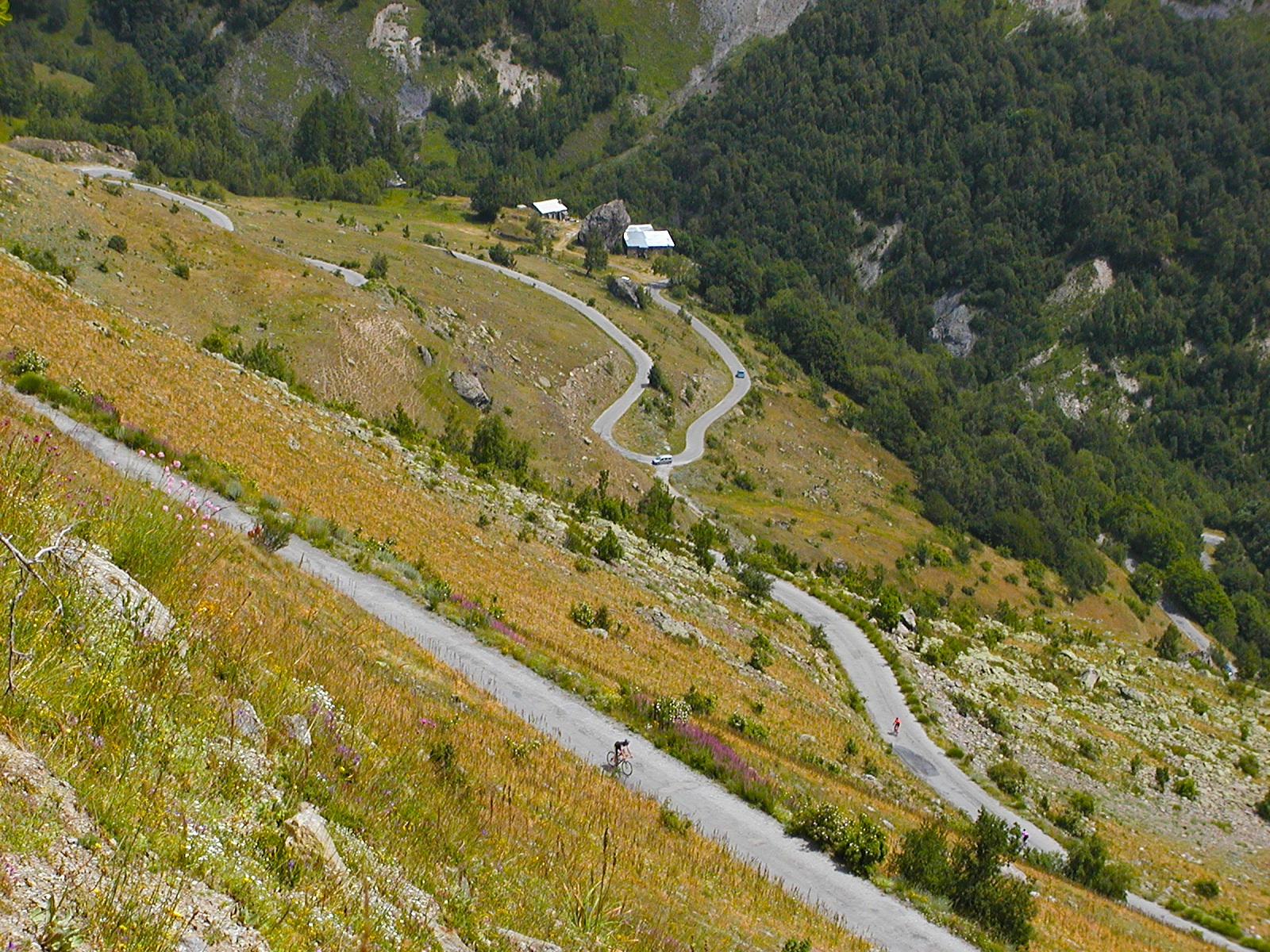
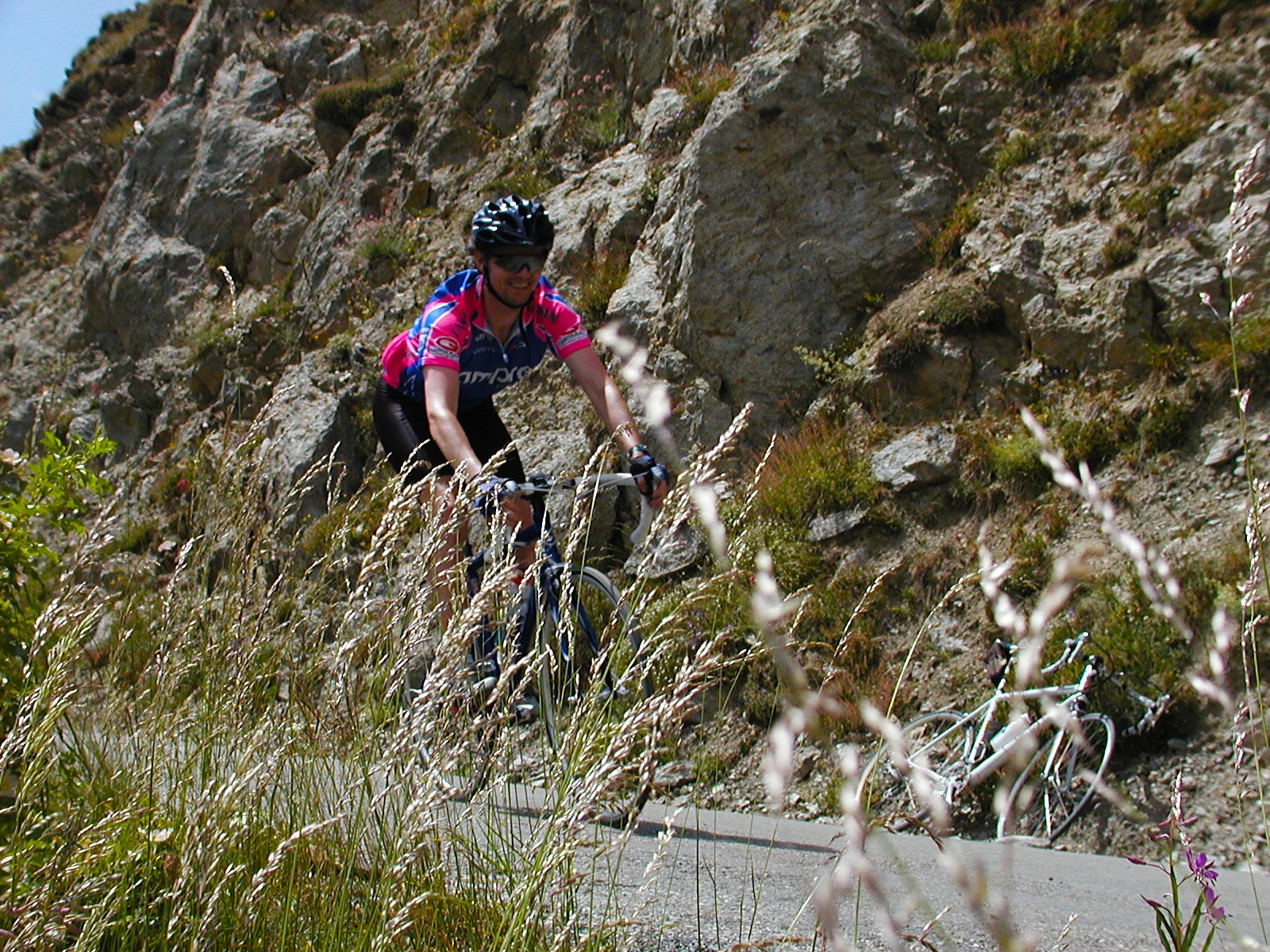
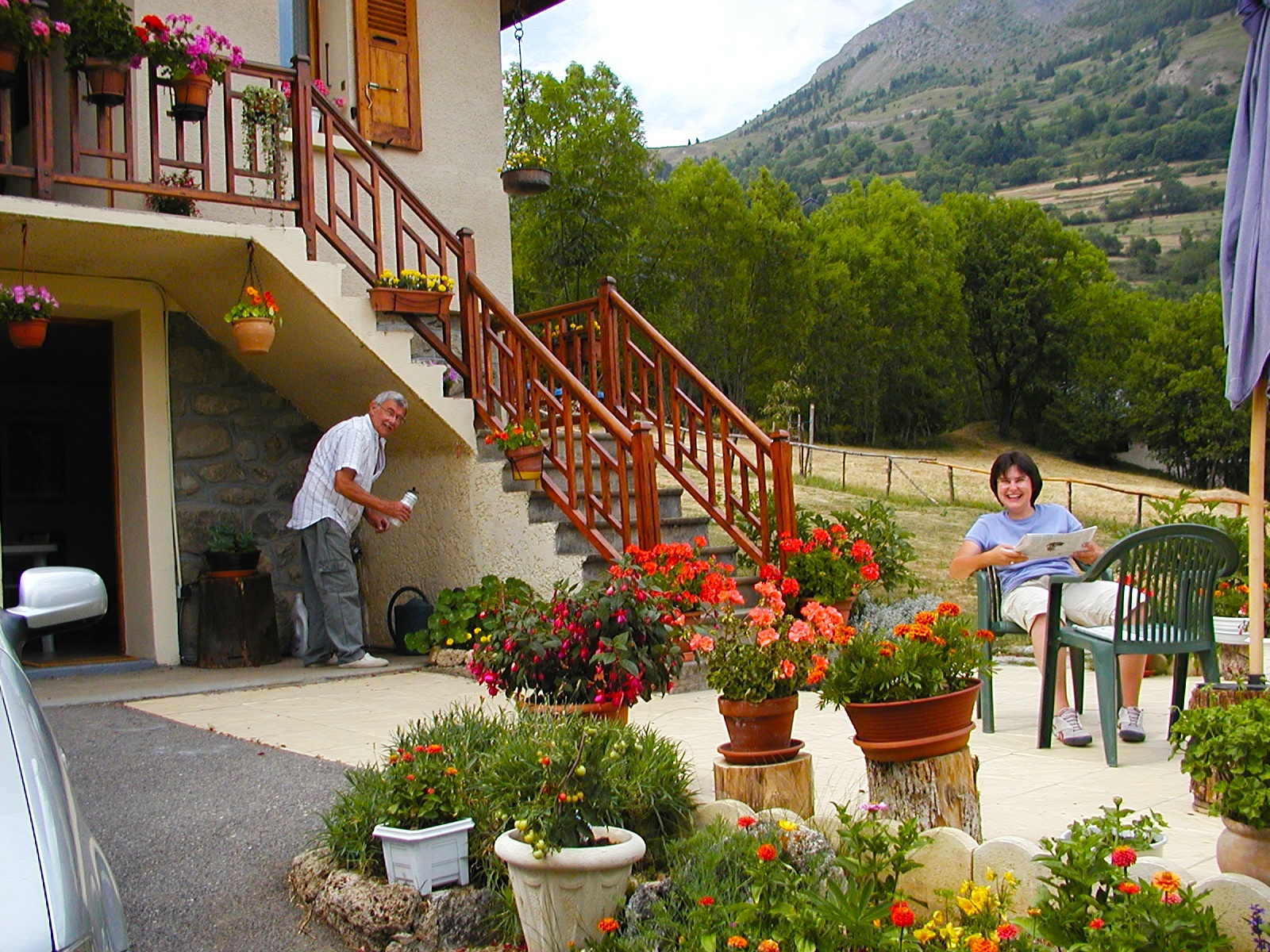
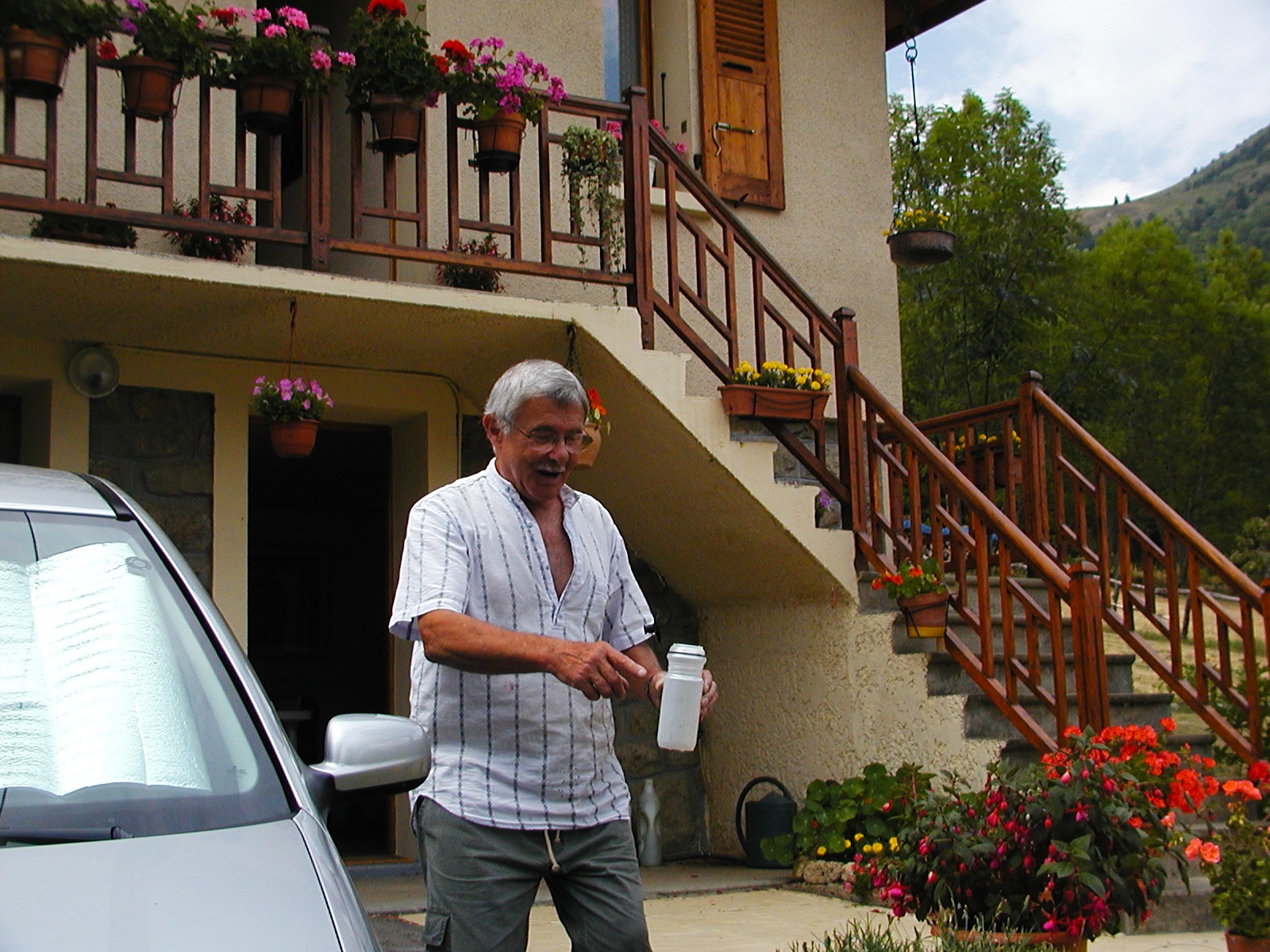
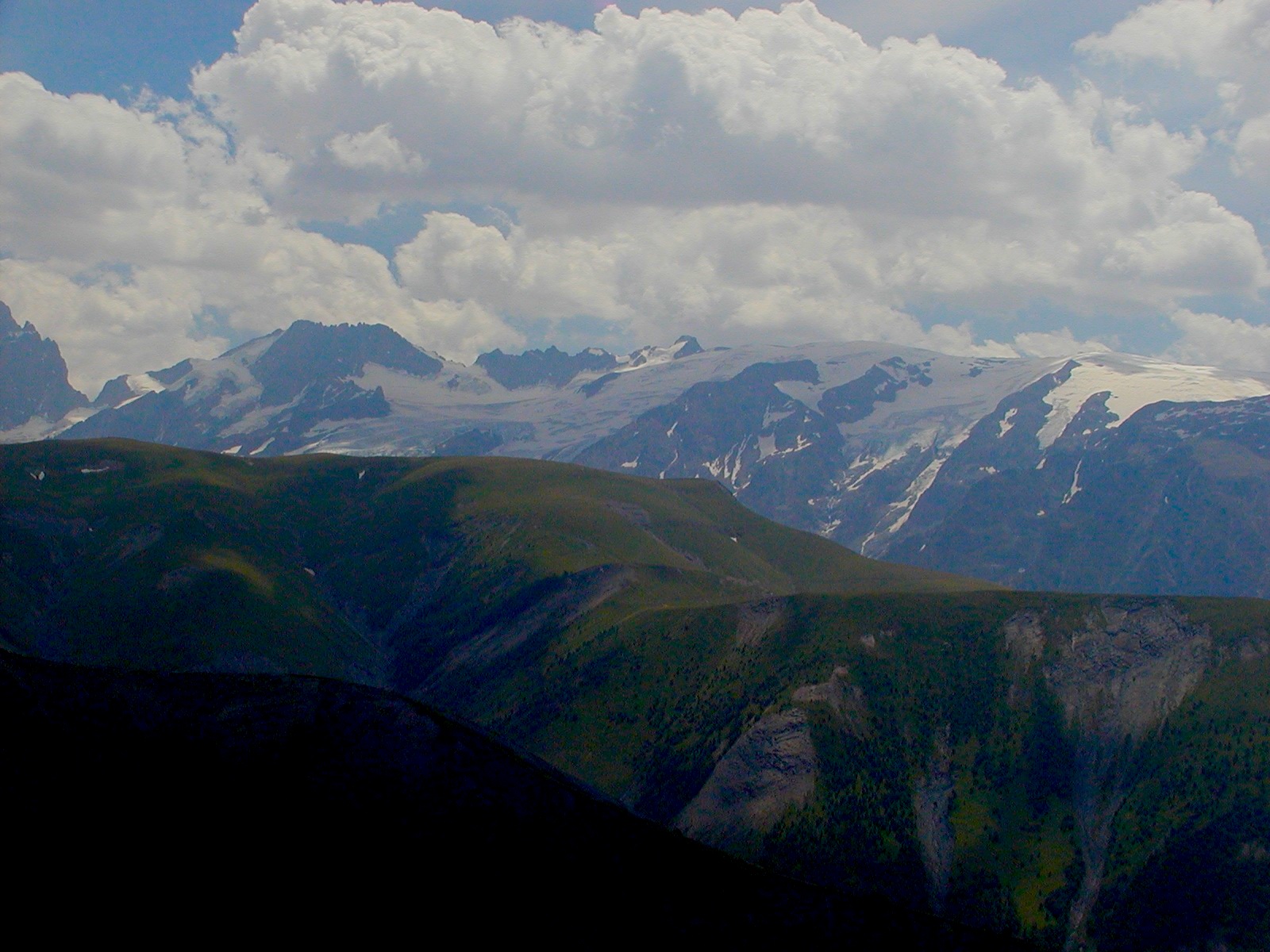
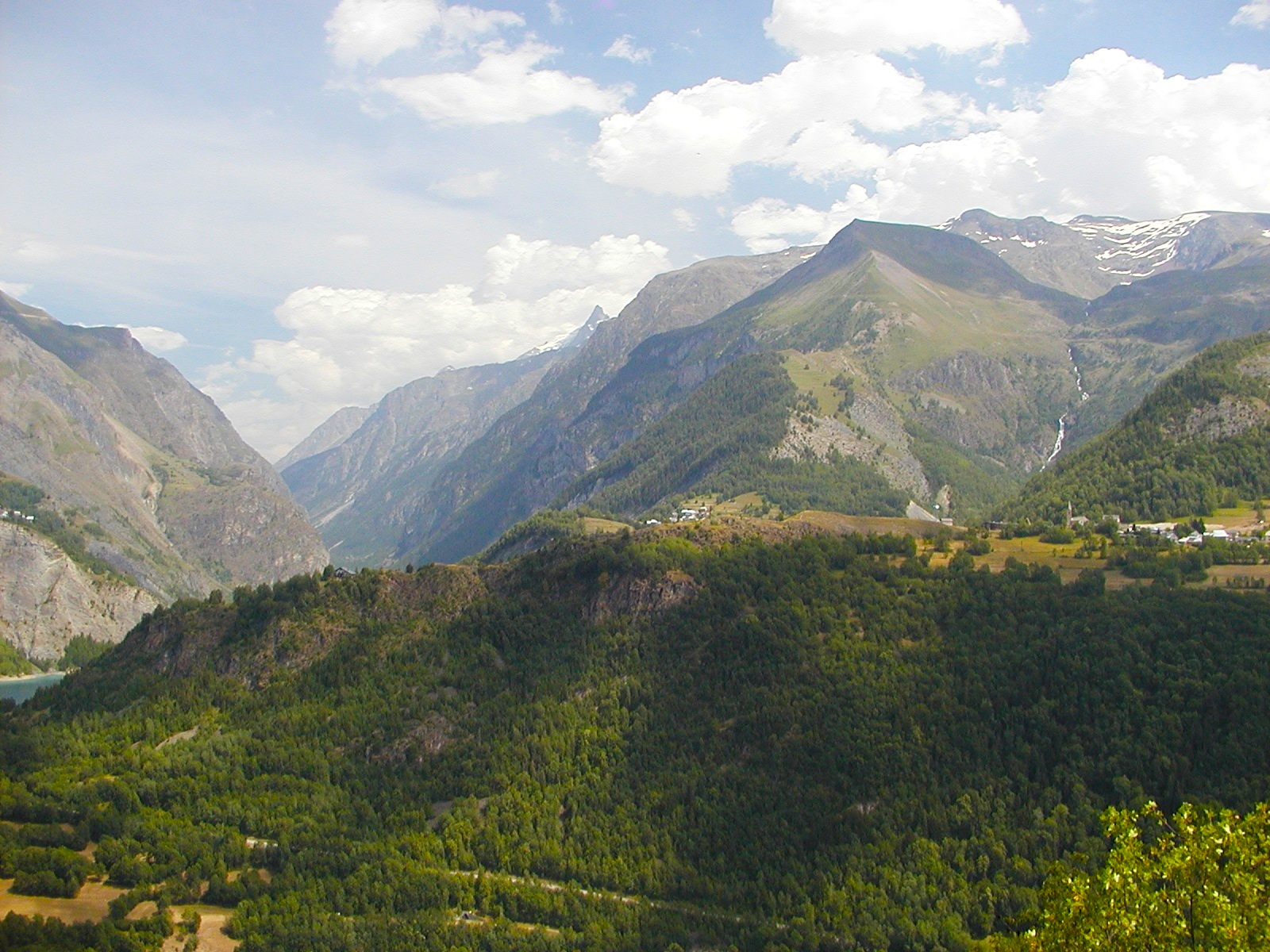
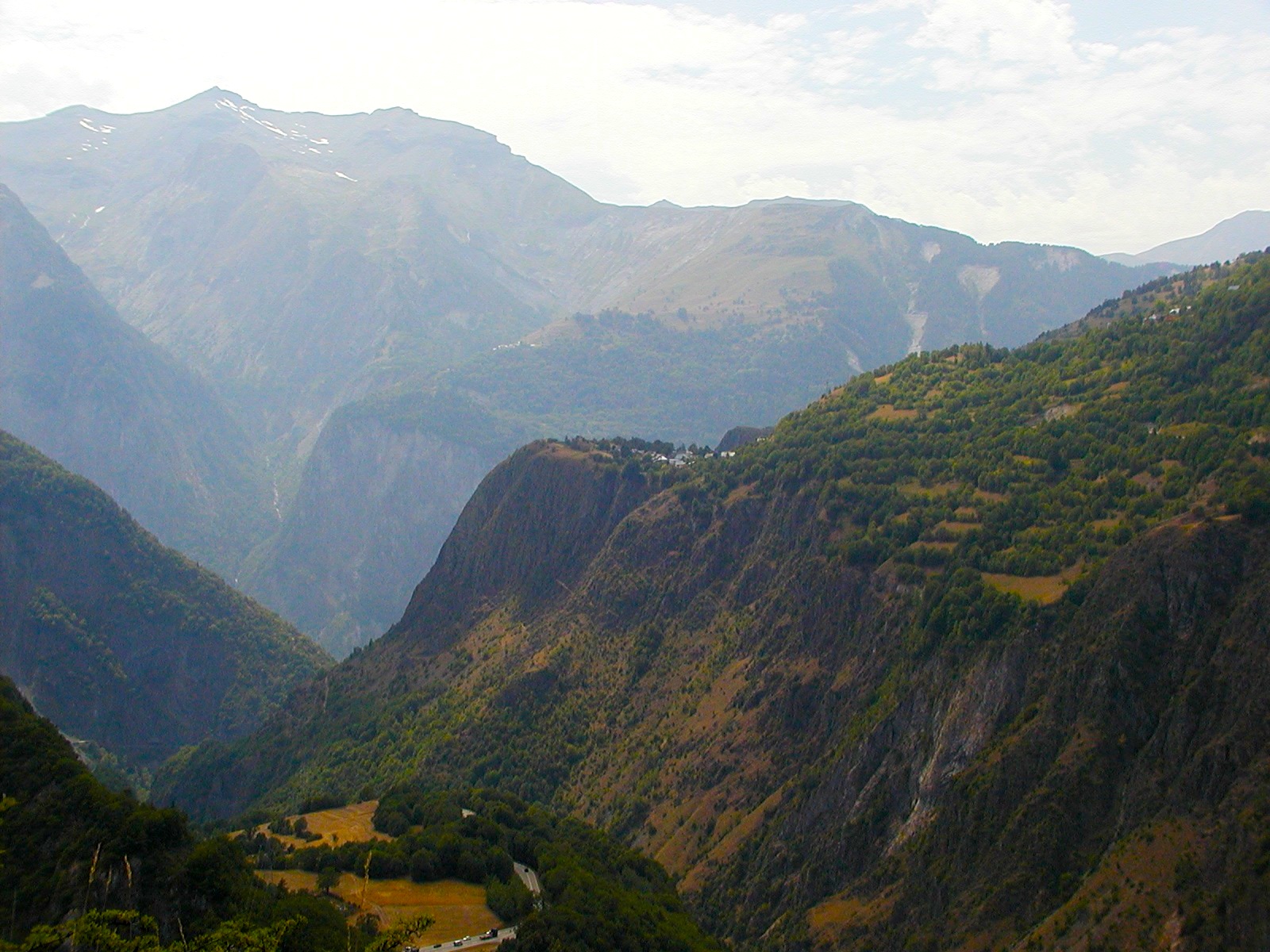
There have been many hairy descents in Tour de France over its 100 episodes as this vintage photo by Henri Lartigue shows. One descent in the Pyrenees took the life of Lance Armstrong's teammate, Olympic Champion, Fabio Casartelli in 1995. He crashed and went head first into a concrete barrier block someone thought was good road furniture to keep vehicles from going over a cliff.
This year, for the first time in history, racers will climb Alpe d' Huez twice in the same day. That means they have to get back down to the valley bottom to re-climb it. Most people thought the road up Alpe d' Huez was a dead end since race stage always finished there. But Pee Oui, with his quest for adventure and detailed IGN maps, found a back road over the top via the col du Sarenne and decided to try it in 2004. That is how the Tour stage will run this year. Check out this link for the killer profile. ( http://bike-oisans.com/en/events-cycling-mtb-oisans/tour-de-france-2013-...)
Pee Oui found the descent the most dangerous he had ever done. The only descent where, when stopping midway down, he found his wheel rims too hot to touch. In the recently completed Criterium Dauphine Libre, a traditional nine-day warm up race in the Alps for Tour de France riders, one stage included climbing Alpe d' Huez and descending via the col du Sarenne. World time trial champ Tony Martin made his opinion of it public after, calling including it "irresponsible." (http://www.cyclingnews.com/news/martin-criticises-alpe-dhuez-descent)
On the map the line code for the road is "not regularly maintained." In 2004 that was quite clear as the initial steep drop was marked by about a half-dozen whoop-de-dos where it looked like the pavement washed out regularly so they just gave up and lined the eroded troughs with jagged cobblestones. When the Tour organizers announced this years route they indicated the road had been improved. They must have at least fixed the cobbled dips or they could not possibly run the race there at all.
After that, the road actually climbs again, about 500 feet, to get over the col du Sarenne. Then it's a crazy narrow road with irregular switchbacks with no barriers that drops out into the valley of the Romanche at the huge reservoir, lac du Chambon. Pee Oui chose to try yet another back road that traced the rock face back to la Garde, 5 kilometers up the Alpe d' Huez climb. This was a test in itself and, having missed the public fountains in the few hamlets he passed, he was out of water on a blistering hot day. Spotting a couple in their yard he got his bottle filled with cold mountain water. His French isn't very good, but he could understand the man's joke that he had been watering the tomatoes and now he was watering the cyclist.
Whether the route is hazardous when the Tour arrives on July 18th, it will take a pretty bad crash to grab the headlines away from the report on doping in French cycling the senate plans to release that day. Probably says little about concrete barrier blocks.
Pee Oui plans to climb Alpe d' Huez again a few days before the Tour and descend via col du Sarenne. He will blog on Trail Genius about the experience. Before that he will blog about what it's like to climb Mount Ventoux, another monster climb the Tour will scale this year. That route took the life of Tom Simpson, the first Brit to wear the yellow jersey, in 1967. It was the climb that killed him, not the descent.